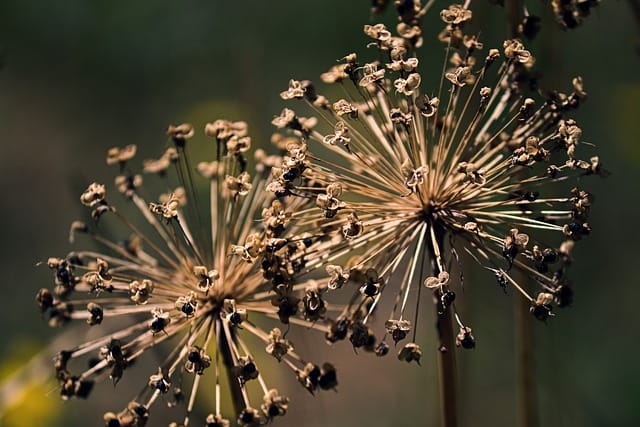How to grow Spring Onions
Spring onions, also known as scallions or green onions, are flavorful and easy-to-grow vegetables that can be enjoyed in various culinary dishes

In this article:
Introduction
Spring onions, also known as scallions or green onions, are flavorful and easy-to-grow vegetables that can be enjoyed in various culinary dishes. This guide will provide step-by-step instructions on how to successfully grow spring onions in your garden or containers.
Choosing the Right Variety
When selecting spring onion seeds or seedlings, it's important to choose a variety that is suitable for your climate and preferences. Some popular varieties include White Lisbon, Ishikura, and Evergreen Hardy, among others. Consider factors such as maturity time, taste, and resistance to diseases.
Preparing the Soil
Spring onions thrive in well-draining soil with a pH level between 6.0 and 7.0. Before planting, ensure the soil is enriched with organic matter, such as compost or well-rotted manure, to improve fertility and drainage. Remove any weeds and loosen the soil to a depth of about 8-10 inches.
Planting Spring Onions
Plant spring onions either from seeds or sets. If using seeds, sow them directly into the prepared soil, following the packet instructions for spacing and depth. If using sets, which are young onion bulbs, place them carefully into small holes about 1-2 inches apart. Cover the seeds or sets with soil and gently firm them in.
Watering and Fertilizing
Keep the soil consistently moist but avoid overwatering, as excessive moisture can cause root rot. Water deeply about once or twice a week, especially during dry spells. Additionally, regular feeding with a balanced fertilizer can promote healthy growth. Follow the package instructions for the recommended application rates and frequency.
Controlling Weeds and Pests
To prevent weeds from competing with your spring onions for nutrients and water, regularly remove any unwanted plant growth. Consider mulching around the onion plants to further suppress weed growth while also retaining soil moisture. Additionally, keep an eye out for common pests like aphids, onion flies, or thrips, and take appropriate measures to control them.
Harvesting Spring Onions
Spring onions are ready for harvest around 8 to 12 weeks after planting, or when the leaves are about 6-8 inches tall. To harvest, gently pull out individual plants or use a sharp knife to cut them just above ground level. Harvesting can be done throughout the growing season, as desired, but be sure not to remove more than one-third of the plant at a time.
Storing and Using Spring Onions
If you have harvested more spring onions than you can use immediately, they can be stored in the refrigerator. Trim the roots and store them in a plastic bag with a damp paper towel to maintain moisture. Spring onions can be used fresh in salads, stir-fries, or as a garnish. They can also be chopped and frozen for long-term storage.
Troubleshooting Common Issues
Like any other crop, spring onions may encounter certain problems such as fungal diseases, bolting, or yellowing leaves. Proper watering, good air circulation, and practicing crop rotation can help prevent these issues. If problems persist, consult a local gardening expert or agricultural extension office for advice.
Health Benefits of Spring Onions
Spring onions are not only delicious but also packed with health benefits. They are a rich source of vitamins A, C, and K, as well as essential minerals like calcium, iron, and potassium. These nutrients contribute to improved digestion, strengthened immune system, and overall wellbeing.
Fun Facts about Spring Onions
- Spring onions belong to the Allium family, which also includes garlic, onions, and shallots. - The term "spring onion" is often used interchangeably with "scallion" in some regions. - The green tops of spring onions have a milder flavor than the white bulbs. - Spring onions were cultivated in China over 5,000 years ago.
Conclusion
By following these guidelines, you can successfully grow spring onions in your garden or containers. Enjoy the process of nurturing these versatile vegetables and reap the rewards of harvesting fresh, flavorful, and nutritious spring onions for your culinary creations.
